We offer a full range of stainless steel products, from pipes to plates, coils to profiles, to meet the needs of your diverse projects.
Royal Group, founded in 2012, is a high-tech enterprise focusing on the development, production and sales of architectural products. Our headquarter is located in Tianjin, the national central city and the birthplace of "Three Meetings Haikou". We also has branches in major cities across the country.
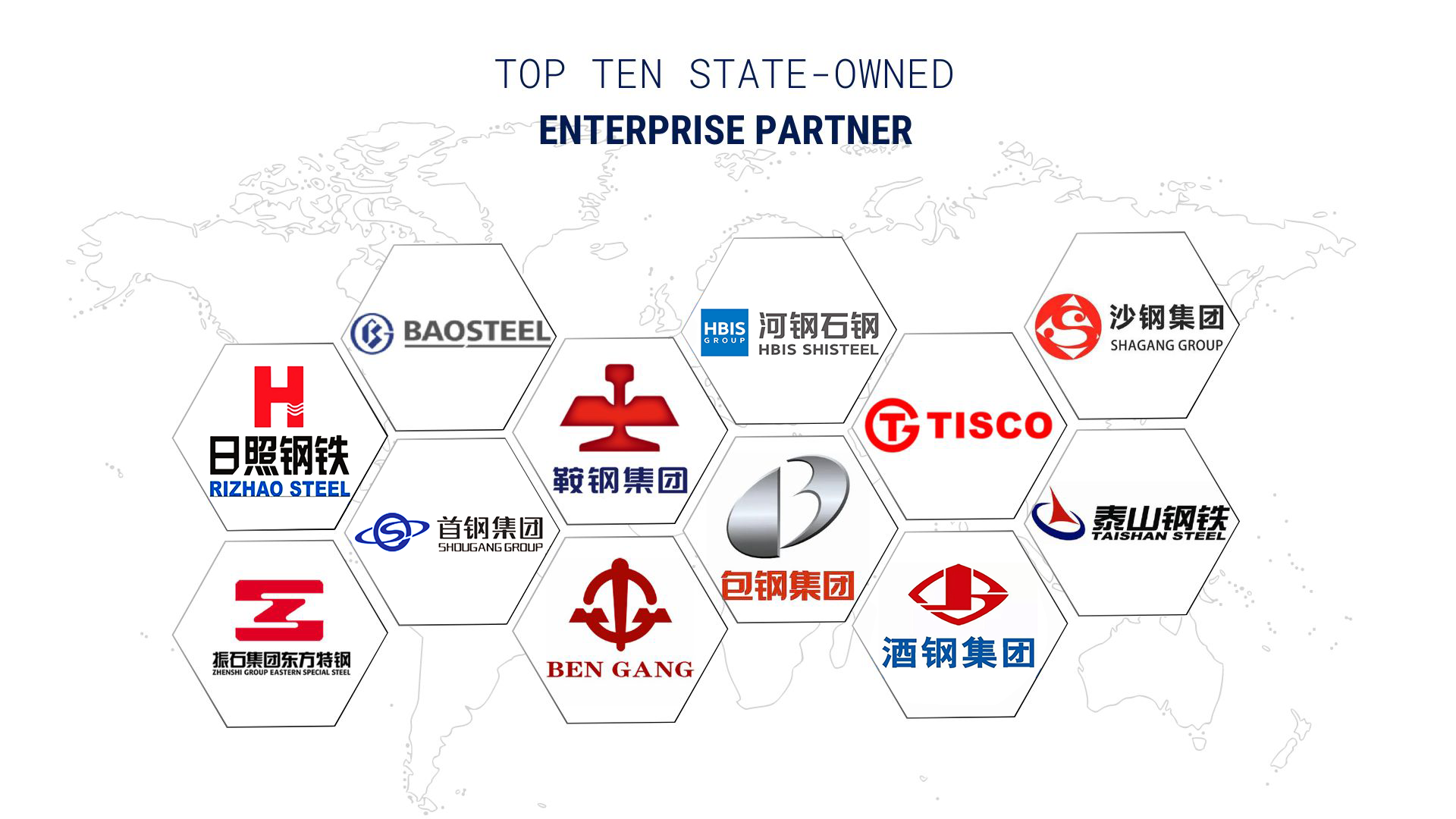
With its profound industry accumulation and complete industrial chain layout, Royal Group can provide the market with a full range of stainless steel products covering austenite, ferrite, duplex, martensite and other organizational structures, covering all forms and specifications such as plates, pipes, bars, wires, profiles, etc., and suitable for multiple application scenarios such as architectural decoration, medical equipment, energy and chemical industry, nuclear power and thermal power. The company is committed to creating a one-stop stainless steel product procurement and solution experience for customers.
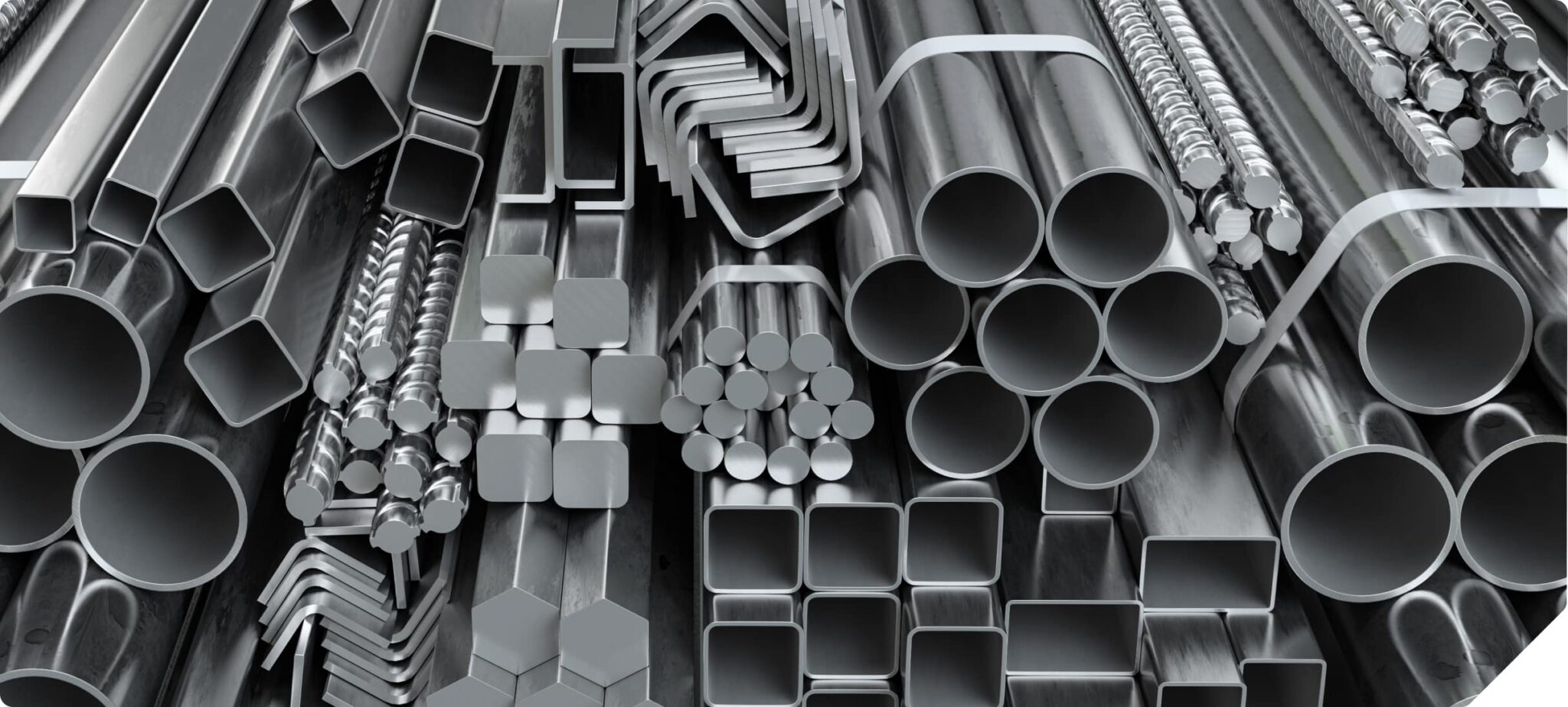
| Common Grades and Differences of Stainless Steel | ||||
| Common Grades (Brands) | Organization Type | Core Ingredients (Typical, %) | Main Application Scenarios | Core Differences Between Levels |
| 304(0Cr18Ni9) | Austenitic stainless steel | Chromium 18-20, Nickel 8-11, Carbon ≤ 0.08 | Kitchen Utensils (pots, basins), Architectural Decoration (handrails, curtain walls), Food Equipment, Daily Utensils | 1. Compared to 316: Contains no molybdenum, has weaker resistance to seawater and highly corrosive media (such as salt water and strong acids), and is lower in cost. |
| 2. Compared to 430: Contains nickel, is non-magnetic, has better plasticity and weldability, and is more corrosion-resistant. | ||||
| 316(0Cr17Ni12Mo2) | Austenitic stainless steel | Chromium 16-18, Nickel 10-14, Molybdenum 2-3, Carbon ≤0.08 | Seawater Desalination Equipment, Chemical Pipelines, Medical Devices (Implants, Surgical Instruments), Coastal Buildings, and Ship Accessories | 1. Compared to 304: Contains more molybdenum, has better resistance to severe corrosion and high temperatures, but is more expensive. |
| 2. Compared to 430: Contains nickel and molybdenum, is non-magnetic, and has far superior corrosion resistance and toughness to 430. | ||||
| 430(1Cr17) | Ferritic stainless steel | Chromium 16-18, Nickel ≤ 0.6, Carbon ≤ 0.12 | Household Appliance Housings (Refrigerator, Washing Machine Panels), Decorative Parts (Lamps, Nameplates), Kitchen Utensils (Knife Handles), Automotive Decorative Parts | 1. Compared to 304/316: Contains no nickel (or contains very little nickel), is magnetic, has weaker plasticity, weldability, and corrosion resistance, and is the lowest in cost. |
| 2. Compared to 201: Contains a higher chromium content, has stronger resistance to atmospheric corrosion, and does not have excessive manganese. | ||||
| 201(1Cr17Mn6Ni5N) | Austenitic stainless steel (nickel-saving type) | Chromium 16-18, Manganese 5.5-7.5, Nickel 3.5-5.5, Nitrogen ≤0.25 | Low-cost Decorative Pipes (Guardrails, Anti-theft Nets), Light-load Structural Parts, and Non-food Contact Appliances | 1. Compared to 304: Replaces some nickel with manganese and nitrogen, resulting in lower cost and higher strength, but has poorer corrosion resistance, plasticity, and weldability, and is prone to rust over time. |
| 2. Compared to Compared to 430: Contains a small amount of nickel, is non-magnetic, and has higher strength than 430, but slightly lower corrosion resistance. | ||||
| 304L(00Cr19Ni10) | Austenitic stainless steel (low carbon type) | Chromium 18-20, Nickel 8-12, Carbon ≤ 0.03 | Large Welded Structures (Chemical Storage Tanks, Pipeline Welding Parts), Equipment Components in High Temperature Environments | 1. Compared to 304: Lower carbon content (≤0.03 vs. ≤0.08), offers greater resistance to intergranular corrosion, making it suitable for applications where post-weld heat treatment is not required. |
| 2. Compared to 316L: Contains no molybdenum, offering weaker resistance to severe corrosion. | ||||
| 316L(00Cr17Ni14Mo2) | Austenitic stainless steel (low carbon type) | Chromium 16-18, Nickel 10-14, Molybdenum 2-3, Carbon ≤0.03 | High-purity Chemical Equipment, Medical Equipment (Blood-contact Parts), Nuclear Power Pipelines, Deep-sea Exploration Equipment | 1. Compared to 316: Lower carbon content, offers greater resistance to intergranular corrosion, making it suitable for long-term use in corrosive environments after welding. |
| 2. Compared to 304L: Contains molybdenum, offers better resistance to severe corrosion, but is more expensive. | ||||
| 2Cr13(420J1) | Martensitic stainless steel | Chromium 12-14, Carbon 0.16-0.25, Nickel ≤ 0.6 | Knives (Kitchen Knives, Scissors), Valve Cores, Bearings, Mechanical Parts (Shafts) | 1. Compared to austenitic stainless steels (304/316): Contains no nickel, is magnetic, and is quench-hardenable. High hardness, but poor corrosion resistance and ductility. |
| 2. Compared to 430: Higher carbon content, heat-hardenable, offers significantly greater hardness than 430, but poorer corrosion resistance and ductility. | ||||
Stainless steel pipe is a metal pipe that combines corrosion resistance, high strength, hygiene and environmental protection. It covers various types such as seamless pipes and welded pipes. It is widely used in construction engineering, chemical and pharmaceutical, energy transportation and other fields.
From a production perspective, stainless steel round tubes are primarily categorized into seamless tubes and welded tubes. Seamless tubes are manufactured through processes such as perforation, hot rolling, and cold drawing, resulting in no welded seams. They offer greater overall strength and pressure resistance, making them suitable for applications such as high-pressure fluid transportation and mechanical load-bearing. Welded tubes are made from stainless steel sheets, rolled into shape, and then welded. They boast high production efficiency and relatively low cost, making them widely used in low-pressure transportation and decorative applications.
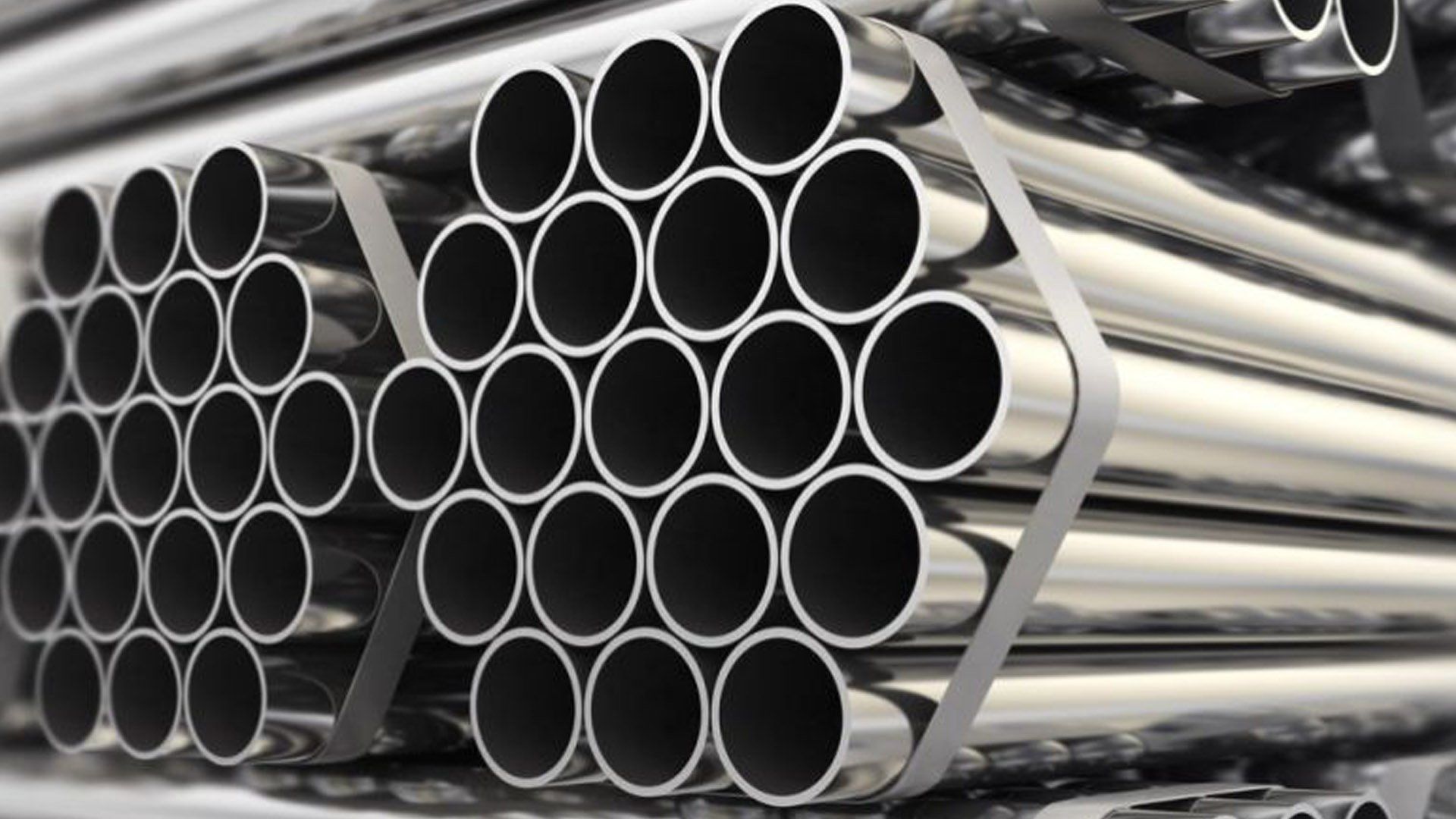
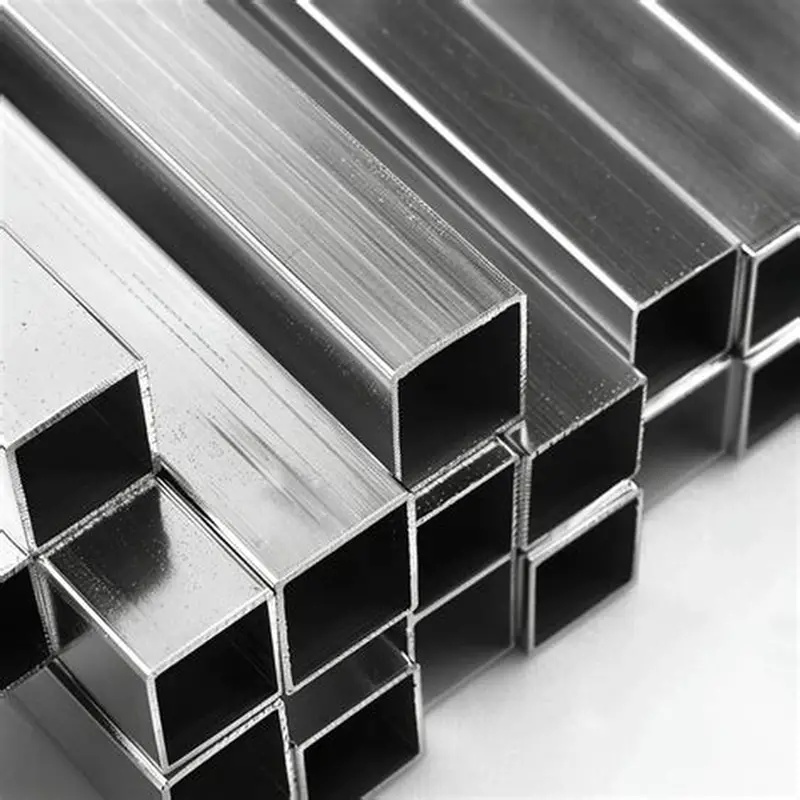
Cross-sectional dimensions: Square tubes range in side length from miniature 10mm×10mm tubes to large-diameter 300mm×300mm tubes. Rectangular tubes commonly come in sizes such as 20mm×40mm, 30mm×50mm, and 50mm×100mm. Larger sizes can be used for supporting structures in large buildings. Wall Thickness Range: Thin-walled tubes (0.4mm-1.5mm thick) are primarily used in decorative applications, featuring lightweight and easy processing. Thick-walled tubes (2mm thick and above, with some industrial tubes reaching 10mm and above) are suitable for industrial load-bearing and high-pressure transportation applications, offering greater strength and pressure-bearing capacity.
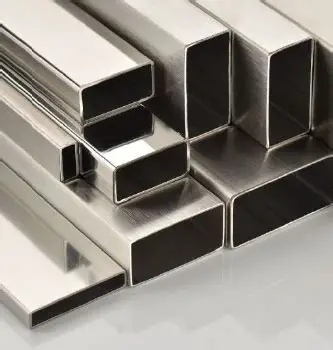
In terms of material selection, stainless steel round tubes are mostly made from mainstream stainless steel grades. For example, 304 is commonly used for food processing piping, building handrails, and household utensils. 316 stainless steel round tubes are often used in coastal construction, chemical pipelines, and ship fittings.
Economic stainless steel round tubes, such as 201 and 430, are primarily used in decorative guardrails and light-load structural parts, where corrosion resistance requirements are lower.
We offer a full range of stainless steel products, from pipes to plates, coils to profiles, to meet the needs of your diverse projects.
Stainless Steel Surface Conditions
No.1 Surface (Hot-Rolled Black Surface/Pickled Surface)
Appearance: Dark brown or bluish black (covered by oxide scale) in the black Surface state, off-white after pickling. The surface is rough, matte, and has noticeable mill marks.
2D Surface (Cold-Rolled Basic Pickled Surface)
Appearance: The surface is clean, matte gray, lacking noticeable gloss. Its flatness is slightly inferior to that of the 2B surface, and slight pickling marks may remain.
2B Surface (Cold-Rolled Mainstream Matte Surface)
Appearance: The surface is smooth, uniformly matte, without noticeable grains, with high flatness, tight dimensional tolerances, and a delicate touch.
BA Surface (Cold-Rolled Bright Surface/Mirror Primary Surface)
Appearance: The surface exhibits a mirror-like gloss, high reflectivity (over 80%), and is free of noticeable blemishes. Its aesthetics are far superior to the 2B surface, but not as exquisite as a mirror finish (8K).
Brushed Surface (Mechanically Textured Surface)
Appearance: The surface features uniform lines or grains, with a matte or semi-matte finish that hides minor scratches and creates a unique texture (straight lines create a clean, random lines create a delicate effect).
Mirror Surface (8K Surface, Extremely Bright Surface)
Appearance: The surface exhibits a high-definition mirror effect, with a reflectivity exceeding 90%, providing clear images without any lines or blemishes, and a strong visual impact.
Colored Surface (Coated/Oxidized Colored Surface)
Appearance: The surface features a uniform color effect and can be combined with a brushed or mirrored base to create complex textures such as "colored brushed" or "colored mirror." The color is highly durable (PVD coating is heat-resistant up to 300°C and is not prone to fading).
Special Functional Surfaces
Fingerprint-Resistant Surface (AFP Surface), Antibacterial Surface, Etched Surface
We offer a full range of stainless steel products, from pipes to plates, coils to profiles, to meet the needs of your diverse projects.
OUR STIANLESS STEEL PLATES
Call us today at +86 136 5209 1506 or email sales01@royalsteelgroup.com
H-beams
Stainless steel H-beams are economical, high-efficiency H-shaped profiles. They consist of parallel upper and lower flanges and a vertical web. The flanges are parallel or nearly parallel, with the ends forming right angles.
Compared to ordinary I-beams, stainless steel H-beams offer a larger cross-sectional modulus, lighter weight, and reduced metal consumption, potentially reducing building structures by 30%-40%. They are also easier to assemble and can reduce welding and riveting work by up to 25%. They offer corrosion resistance, high strength, and excellent stability, making them widely used in construction, bridges, ships, and machinery manufacturing.
Contact us for a free quote.
U Channel
Stainless steel U-shaped steel is a metal profile with a U-shaped cross-section. Typically made of stainless steel, it offers corrosion resistance, high strength, and excellent workability. Its structure consists of two parallel flanges connected by a web, and its size and thickness can be customized.
Stainless steel U-shaped steel is widely used in construction, machinery manufacturing, automotive, and chemical industries, and can be used for a variety of applications, including building frames, edge protection, mechanical supports, and rail guides. Common stainless steel grades include 304 and 316. 304 is the most widely used, while 316 excels in more corrosive environments such as acids and alkalis.
Contact us for a free quote.
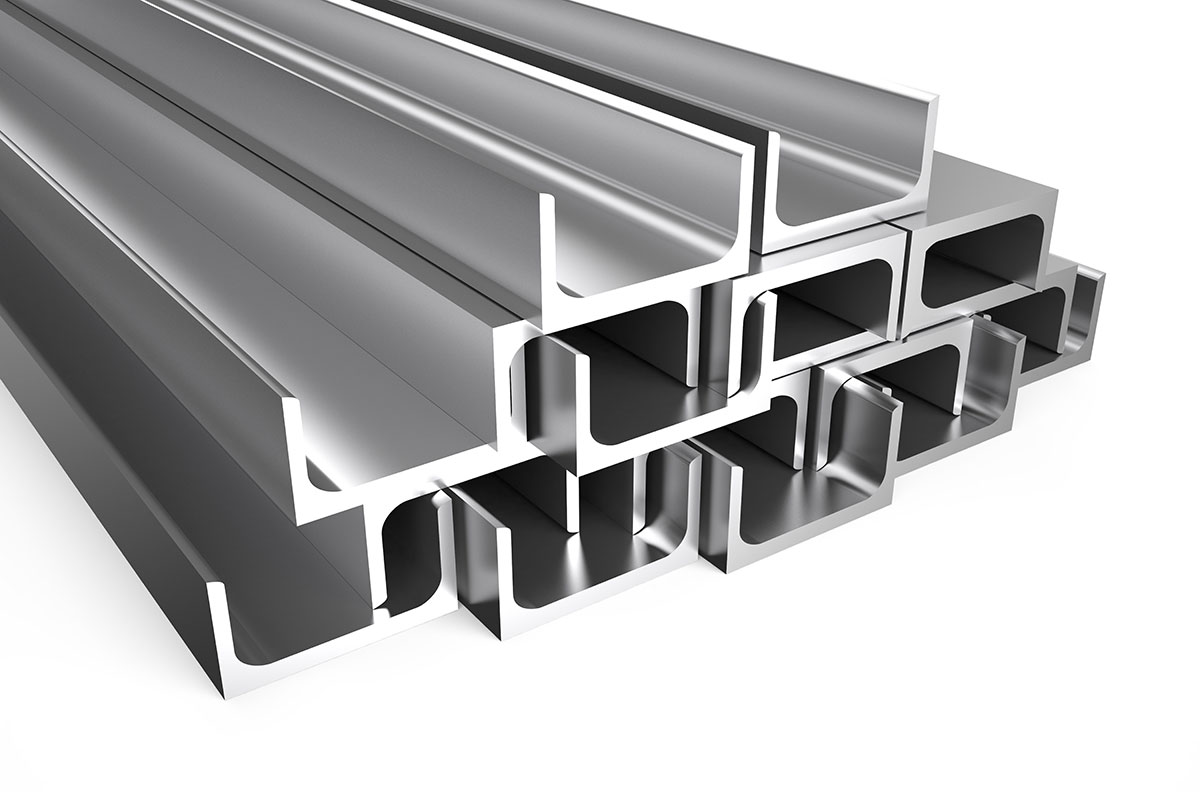
Steel Bar
Stainless steel bars can be categorized by shape, including round, square, flat, and hexagonal bars. Common materials include 304, 304L, 316, 316L, and 310S.
Stainless steel bars offer high-temperature resistance, high strength, and excellent machinability. They are widely used in construction, machinery manufacturing, automotive, chemical, food, and medical fields, including bolts, nuts, accessories, mechanical parts, and medical devices.
Contact us for a free quote.
Steel Wire
Stainless steel wire is a filamentary metal profile made from stainless steel, offering excellent overall performance. Its primary components are iron, chromium, and nickel. Chromium, typically at least 10.5%, imparts strong corrosion resistance, while nickel enhances toughness and high-temperature resistance.




















